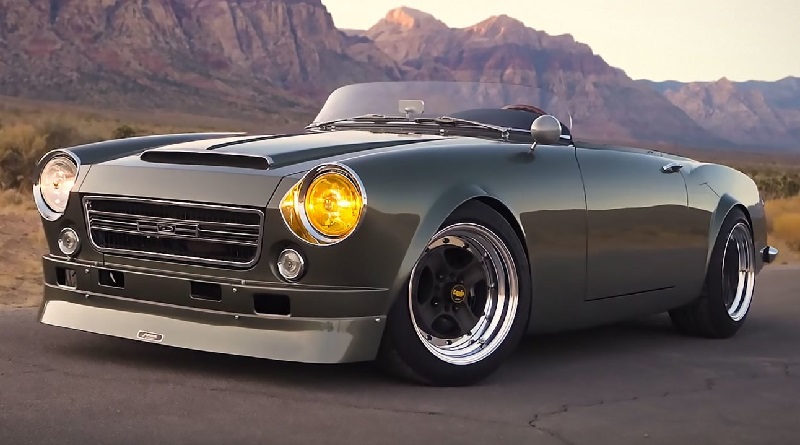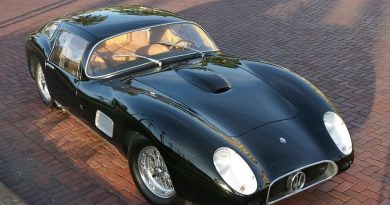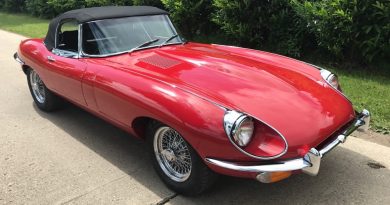1966 Datsun Roadster 1600
The Datsun Sports (called Datsun Fairlady in the Japanese and Australian markets), was a series of roadsters produced by Nissan in the 1960s. The series was a predecessor in the Fairlady line, and offered a competitor to the European MG, Triumph, Fiat and Alfa Romeo sports cars. Beginning with the 1959 S211, the line was built in two generations: the first generation was largely handbuilt in small numbers, while the second generation (310 series) was series produced. The second generation first appeared in 1961 and continued through 1970 with the SP311 and SR311 lines.
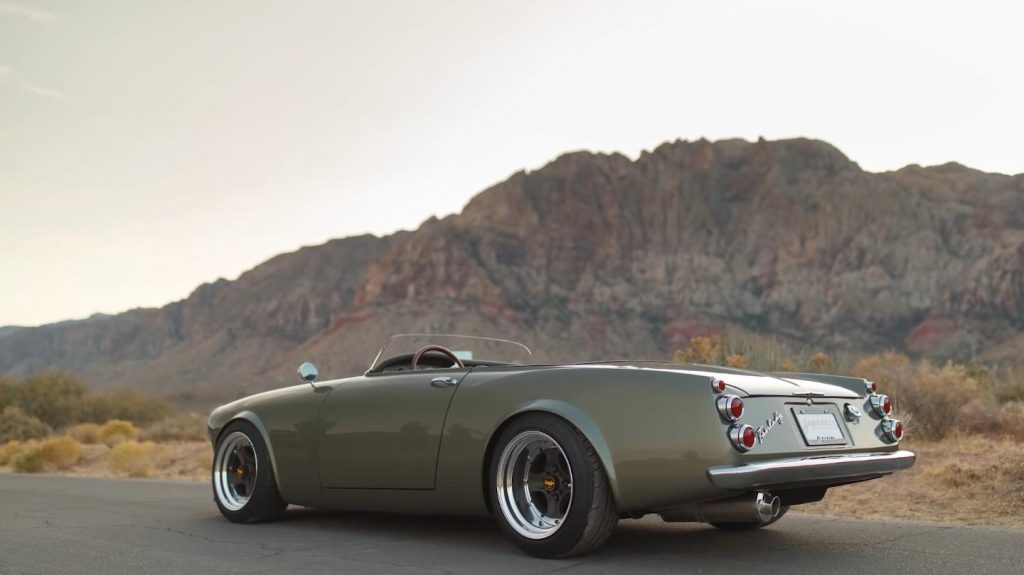
While Nissan succeeded in creating a formidable competitor for the usual suspects, it also revealed a side of itself no one had seen before – an interest in creating a fun car, a car not just for racers and enthusiasts, but an automobile to turn regular motorists into enthusiasts. That may well have been the Roadster’s strongest point of all – it brought younger, youthful buyers to the showroom, and gave the Nissan brand a vibrant image. To coin a phrase, they built a fun car.

This Datsun 1600 Roadster seems to be a sort of best of both worlds – the 5-bolt main block was bored and stroked to 2.0L and packed with mild cams, new bearings, crank, pistons, rings, rods, and seals and gaskets – it was even checked for cracks, and honed and decked. The 4-speed manual transmission was rebuilt with all new synchros and roller bearings, and fitted with new seals and gaskets, a resurfaced flywheel and a new clutch.
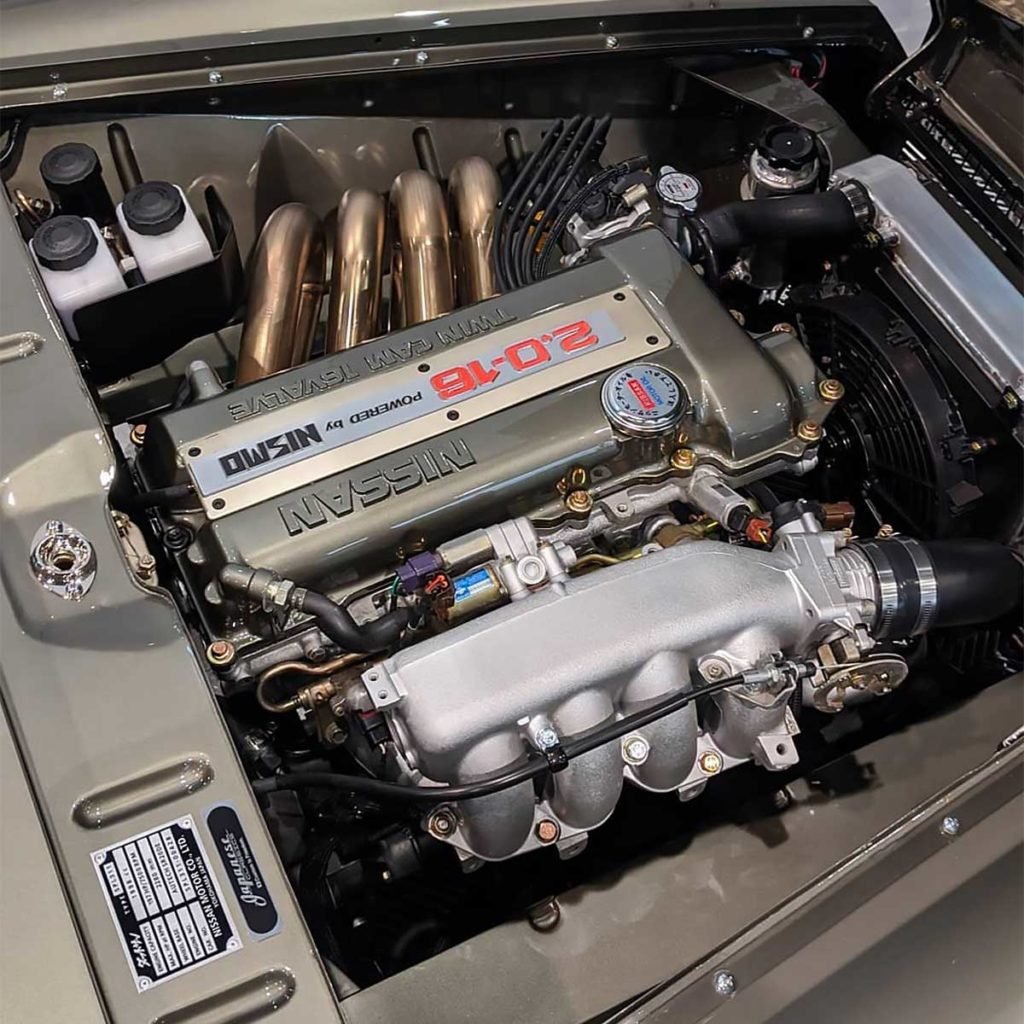 The interior is a tidy combination of enjoyably refreshed materials with consistent finishes following original specifications. The upholstery itself is in good shape, particularly the seats, which have been recently recovered in high quality black vinyl.
The interior is a tidy combination of enjoyably refreshed materials with consistent finishes following original specifications. The upholstery itself is in good shape, particularly the seats, which have been recently recovered in high quality black vinyl.
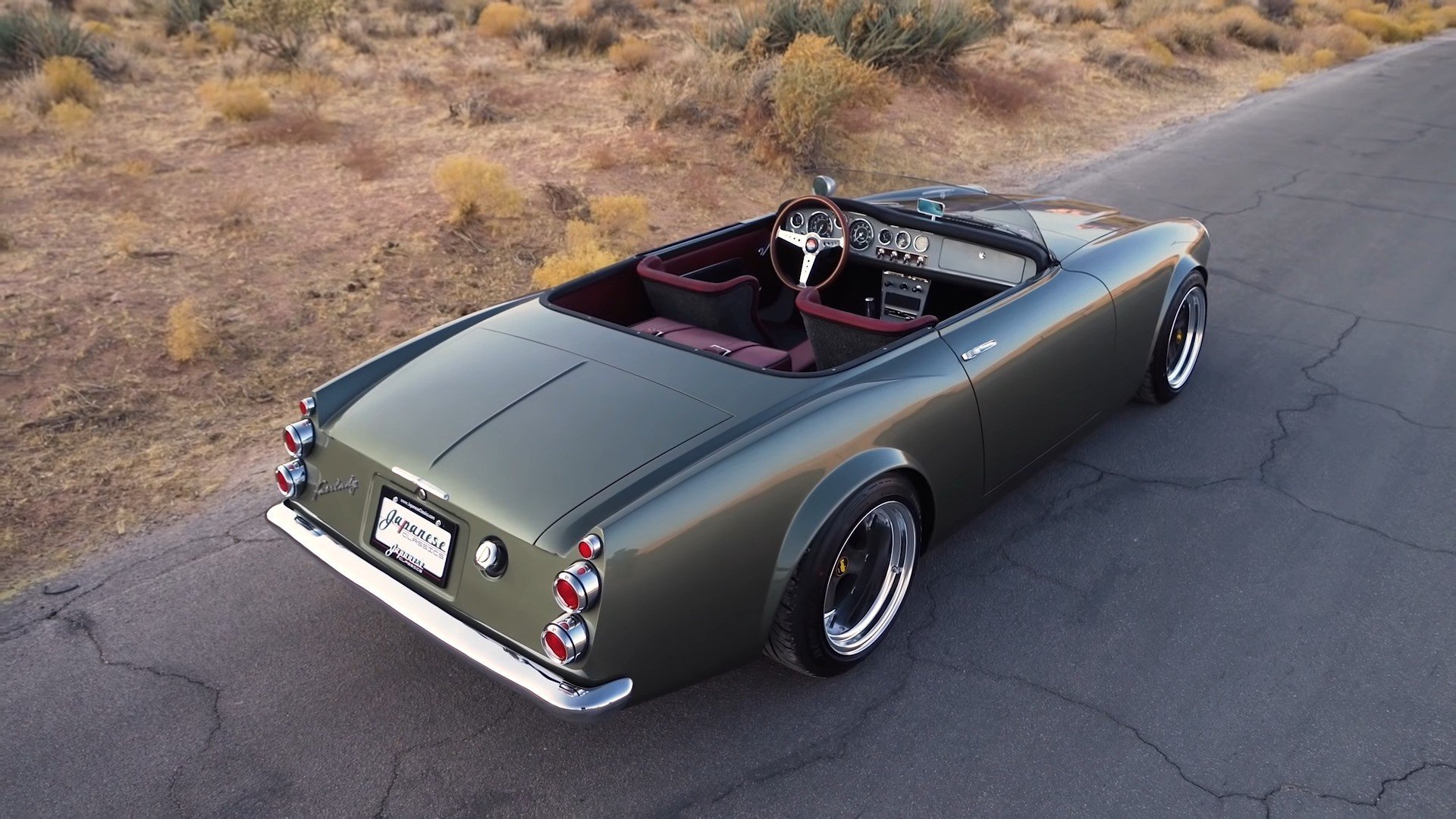
There are quite a few interesting details about this 1966 Datsun 1600. Sure, you can point out the chopped windscreen, unique green hue and perfectly matched wheel choice and just chalk it up to a well-done restmod, but that’s just being lazy. There are so many distinct layers of detail applied to this build, the entirety of which took place in-house at Japanese Classics, that you really need to drill deeper than just a spec list and a handful of photos that you might have caught on social. It doesn’t really sit comfortably in any of the labeled buckets we’ve all become accustomed to, whether being looked at as a show piece, restomod or even hot rod, because the truth is it’s all of those things and more, and that includes being a driver.

